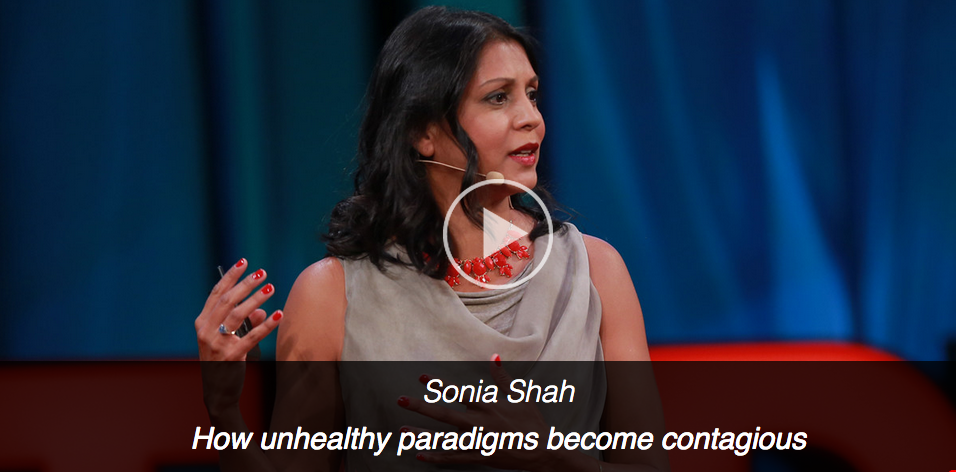Anyone familiar with the history of malaria control will find the below article, from NatureNews, unsettlingly familiar. Western donors flood the malarious world with insecticide-treated bednets, and foresee malaria’s impending demise. Experts warn that the mosquitoes will learn to rout the chemical blitz; supporting evidence piles up, and is ignored; the years go by. Then, just as financing for the chemical blitz becomes shaky, we hear official recognition of the increasing weakness of anti-malarial insecticides. Now, more money will be needed to develop alternative insecticides, or use combinations of insecticides, but of course there is less money to go around, and many millions of nets treated with the old, increasingly ineffective insecticides hang in huts across Africa. Who will replace them? And with what? And how?
See “Mosquitoes score in chemical war: Growing resistance is threatening global malaria-control efforts,” NatureNews, July 5, 2011.
And check out a very similar story, from 1952, which presaged the collapse of the DDT blitz against malaria, and its subsequent resurgence in the 1980s and 1990s: “Mosquitoes developing an armor against DDT after 9-year-war,” New York Times, March 14, 1952. (For more, see my chapter on “The spraygun war” in The Fever.)














0 Comments
36 Pingbacks